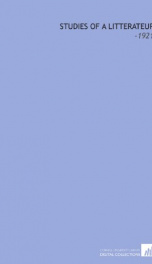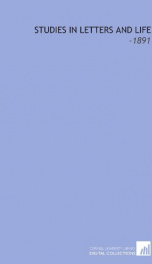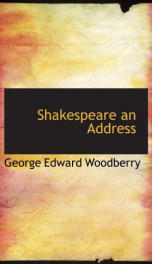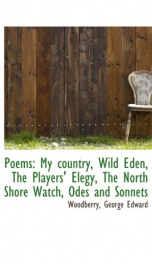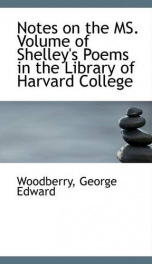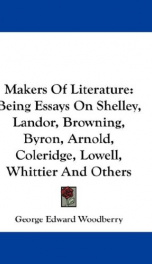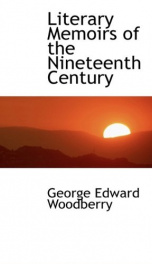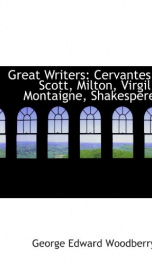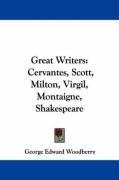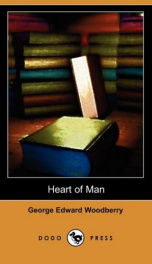Nathaniel Hawthorne

Purchase of this book includes free trial access to www.million-books.com where you can read more than a million books for free. This is an OCR edition with typos. Excerpt from book: CHAPTER III Jcawthrne's Artisti Method THE artistic method of an original genius seldom seems to be deliberate; it appears, rather, to begin in instinctive motions and to be developed largely by experiment. In Hawthorne's earlier work there is no intention discernible except to write; the topic may be this or that, but the incitement is plainly self-expression, to publish what is interesting in his own mind to himself, something fanciful, it may be, or something reportorial in the form of a sketch, past or present or in no man's land. Mental activity, supported by a sharp eye and a reflective turn of thought, explains fully, perhaps, the beginnings of his genius. As time went on, however, a promise of organizing power grew visible, a nascent genius with a bent of its own; and though there was nothing wholly novel in the method that began to show, yet Hawthorne so subdued it to his personality, and released his genius in great measure by it, that it has come to be characteristically his, and qualifies his literary memory. There is much of his writing in which this artistic method does not enter, or is slightly used when employed at all; a good portion of his work was miscellaneous or nondescript; but as he attempted imaginative creation, he relied upon his method more and more till it was practically exhausted, so far as it was serviceable to him. It is most convenient to examine it in the major short tales of imagination, where it is most clear. The primary element in Hawthorne's art is the image, clearly and vividly grasped by the eye. It is an image, like others, out of the general flux, or flow of sensations that make up our impression of the outer world as a moving picture. Its appeal to him was due to the strength of his power of observation, and it afforded the sensuo...
Info about the book
Author:
Series:
Unknown
ISBN:
1172356459
Rating:
3/5 (3)Your rating:
0/5
Languge:
English
Users who have this book
Users who want this book
What readers are saying
What do you think? Write your own comment on this book!
write a commentif you like Nathaniel Hawthorne try:
Do you want to read a book that interests you? It’s EASY!
Create an account and send a request for reading to other users on the Webpage of the book!
